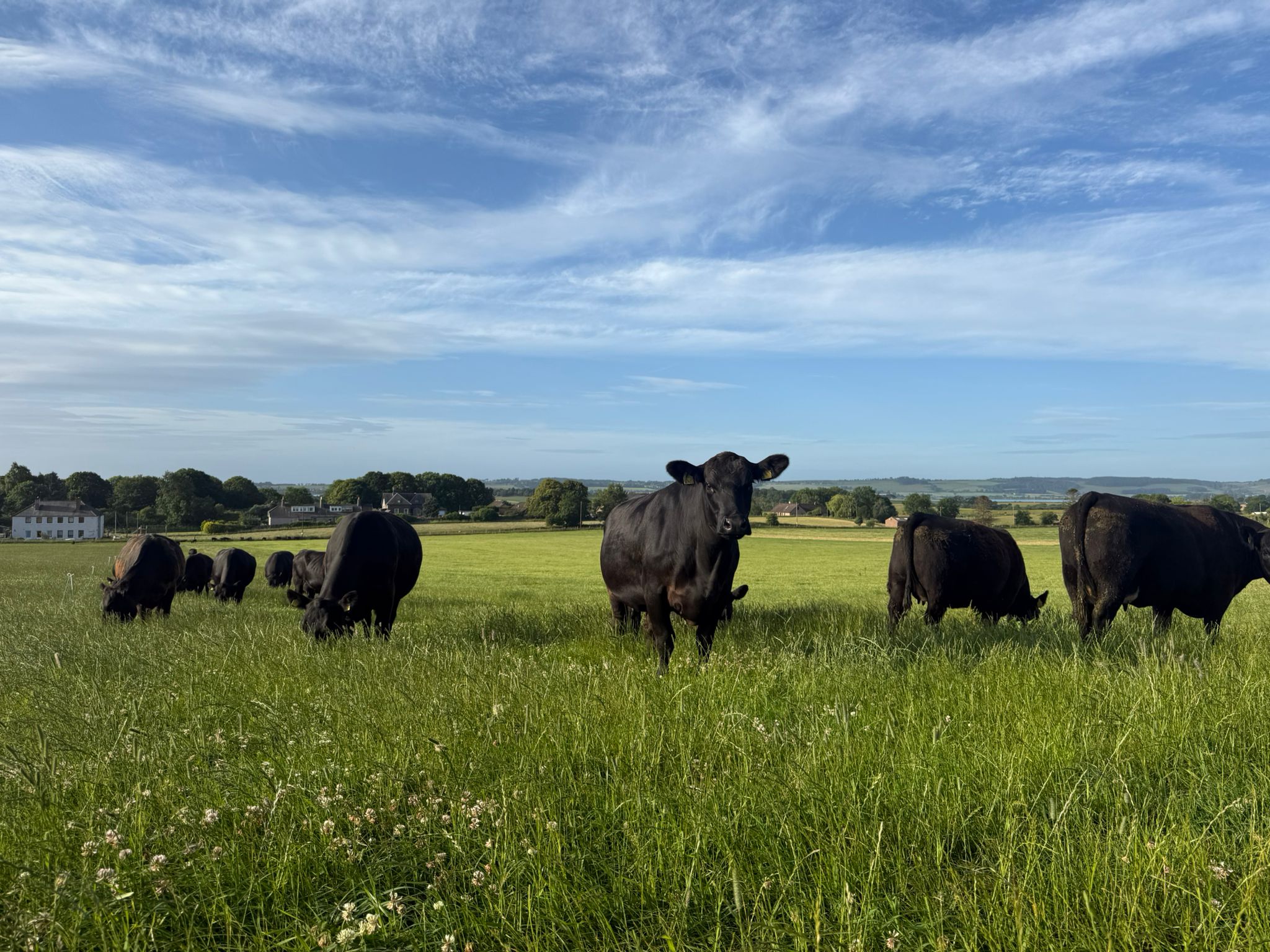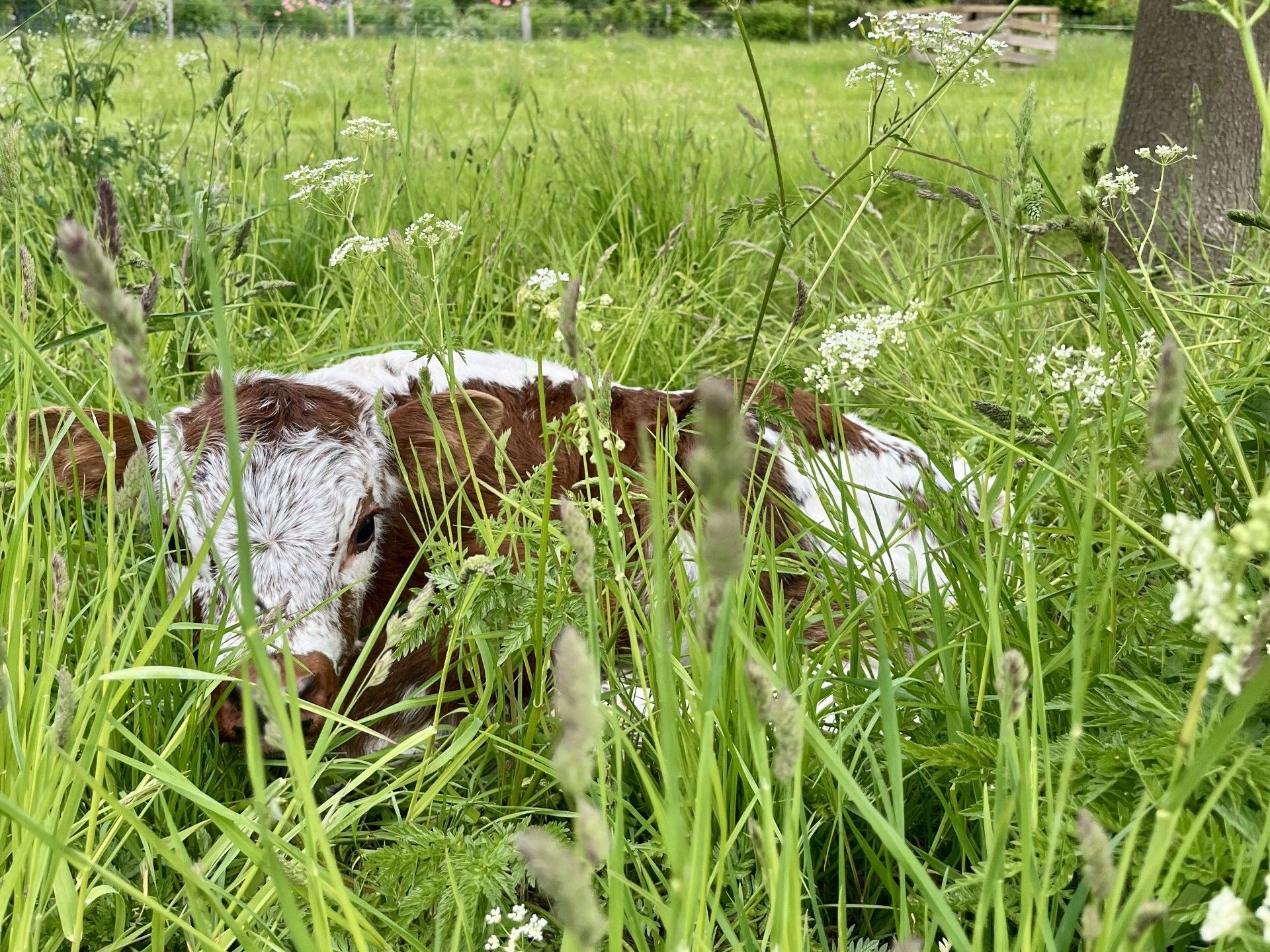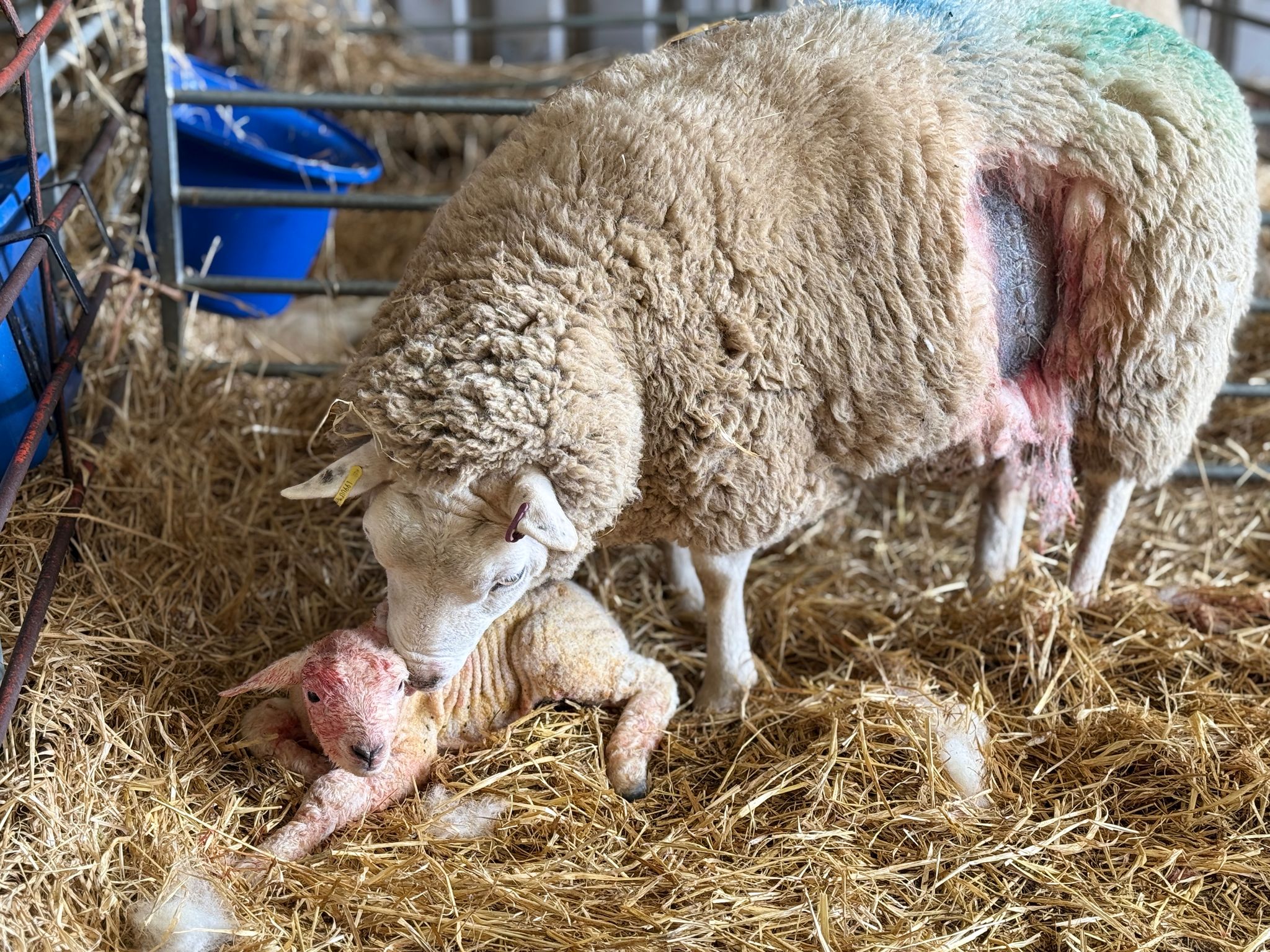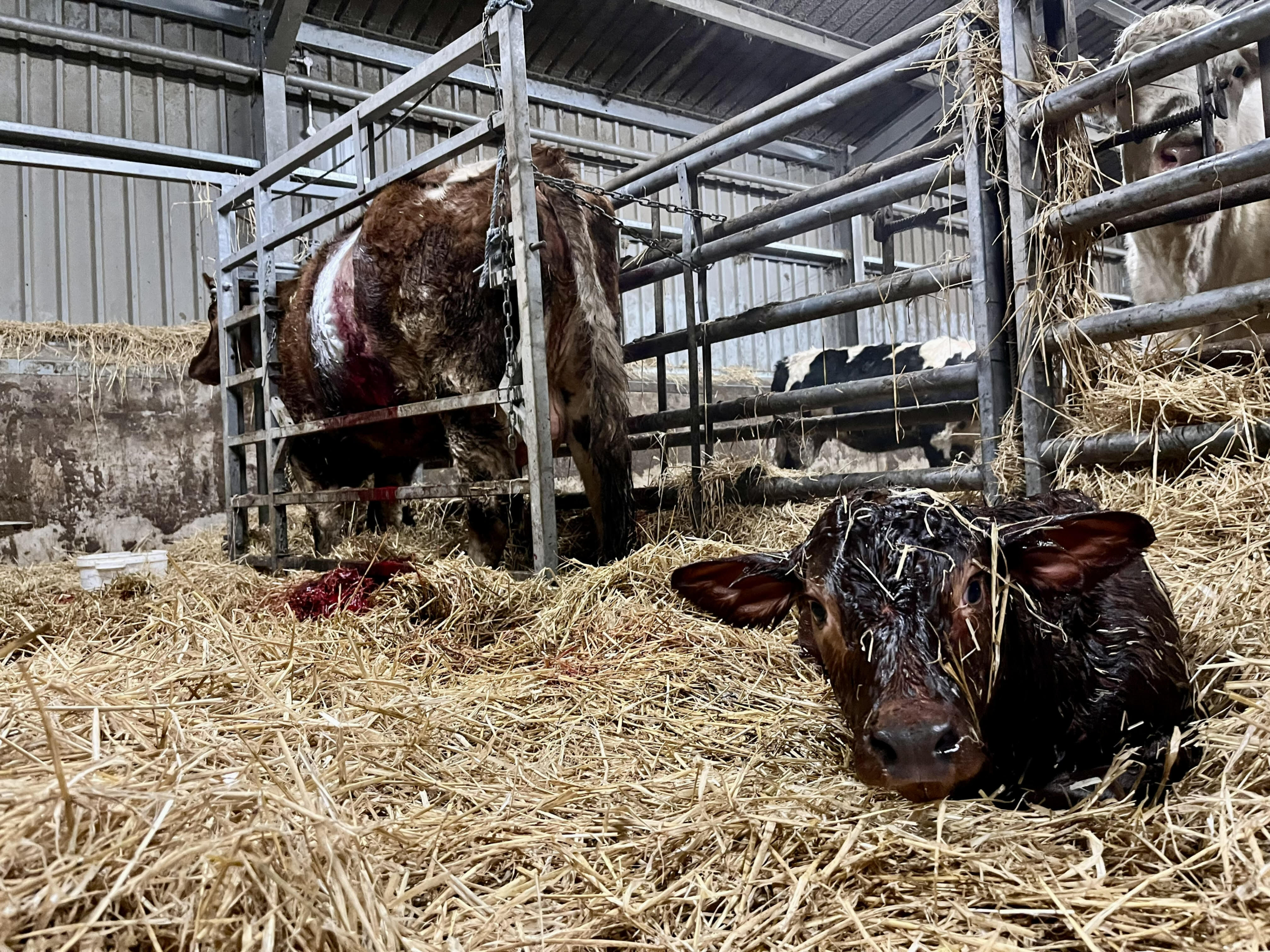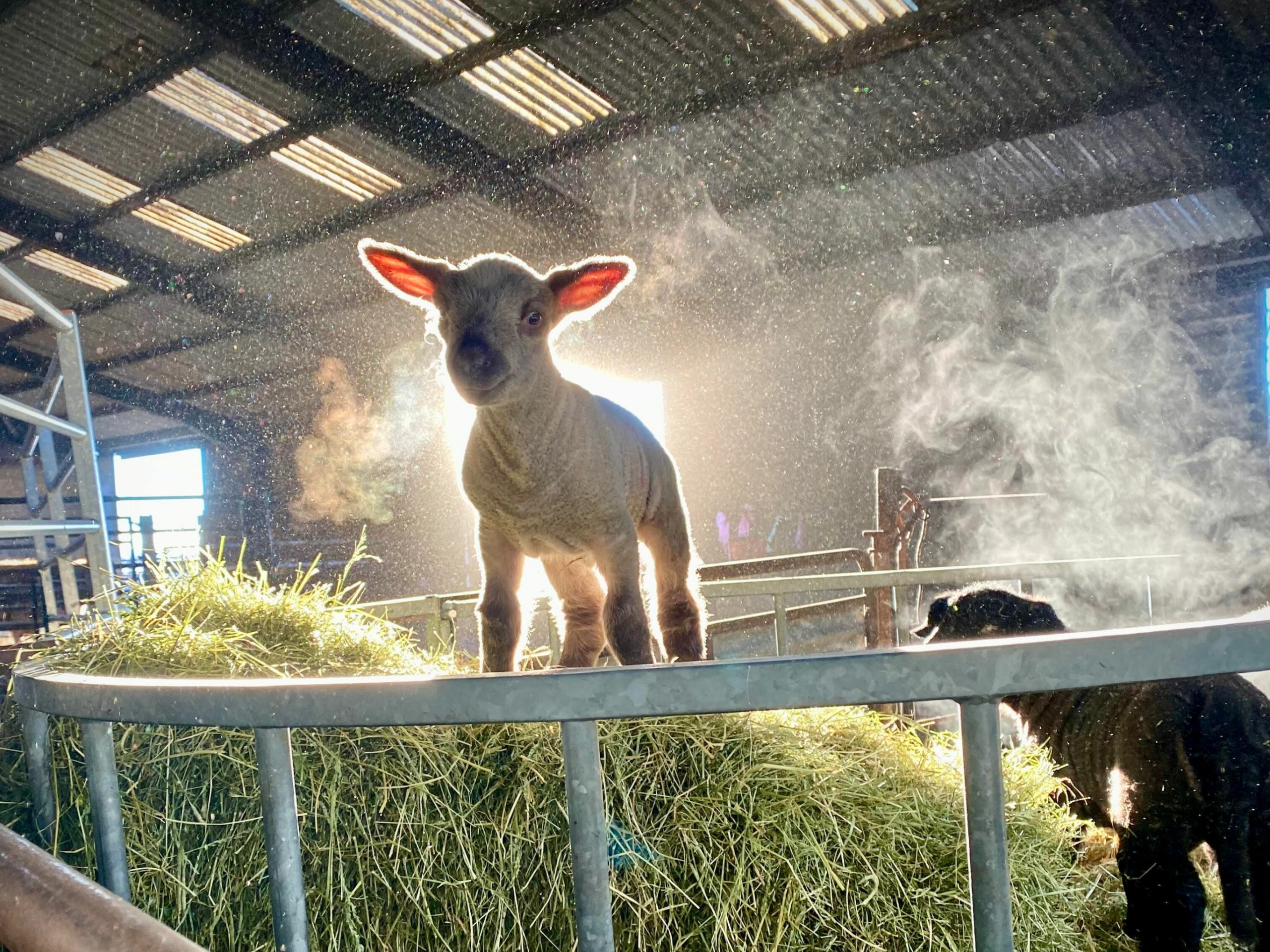Farm Newsletter June 2024
May has seen an amazing, if late, flush of grass with silage coming early for many. Coccidiosis outbreaks, classically characterised by scouring calves aged 4-8 weeks have been to the fore as have bull problems.
We have seen a few instances of bulls being ’stifled’, where they have sustained injury to cruciate ligaments shortly after turnout. Making sure bulls are in the habit of regular exercise, ie turned out, prior to bulling is preferable to spending the winter in a small pen before being turfed out onto a hill with 40 heifers running in all directions! Managing body condition score is important too, bulls should be turned out to work fit, not fat; carrying excess condition will put more strain on all the joints when jumping.
We have been busy carrying out routine semen sampling of bull studs, as is the norm on the majority of units now. As ever “interesting” results get turned up – one recent visit is a good example. Of a stud of 8 bulls, one young bull, who had worked very well last year gave a very poor sample. Benefit of the doubt was given so he was resampled 4 weeks later, however this time he not only produced a very poor sample but now his semen was also full of pus. Disappointing as this result was, this could have had serious consequenses for the herd had it not being picked up. This bull was young, fit and healthy with a good breeding record, so it just goes to show how important testing can be.
Do You Sell Tups?
If you sell tups this coming breeding season, we have an opportunity for you to sell them with a higher health status, and therefore hopefully attract more interest. As part of a pilot scheme you could choose to test for or take actions against scab, Maedi Visna, CLA, Borders Disease, CODD and Johne’s. Following testing you would be presented with a sale card that can be placed on sale pens displaying their health status.
As this scheme is in the pilot phase, the majority, if not all, the fees would be covered. If this is of interest to you please get in contact with Ed at the practice to discuss the details.
BVD Vaccines
These continue to be an important tool in the eradication of BVD from Scotland although locally we are now hopefully at the point where, for most biosecure farms, it is more of an insurance policy than for disease prevention.
There are currently two BVD vaccines available, Bovilis which is a 2 course start up followed by an annual booster. It is cheap and can conveniently be mixed with Bovilis IBR vaccine to provide cover for both diseases in a single shot in most cases. The other available vaccine is Bovela which has the advantage of only requiring a single shot to commence protection rather than a two dose progam. This is particularly useful for bulls destined for sale. Although society sales generally insist on both freedom from BVD and vaccination, breeders should be aware that any animal vaccinated for BVD is now ineligible for export to Ireland.
Cow Checks
- A difficult calving or caesarean
- A dead calf
- Retained placenta
- Prolapsed uterus
- Twins
- Milk fever
- An abortion
Vasectomising Teaser Tups
A vasectomised teaser tup is a tried and tested method of ensuring a compact lambing period. Ewes are stimulated to start their ovulation cycles with shortening day length, but also the presence of the ram. A teaser ram will kick-start ewes cycling but not get them in lamb. This will lead to some degree of a synchronous start to lambing and a more compact lambing over all.
Carrying out a vasectomy is a relatively straight forward procedure, but the right candidates need to be selected. They need to have two testicles, be good on their feet with no underlying health issues; being “lively” also helps too. Ideally lambs or shearlings should be teasered to get the most working life out of them. The operation should be carried out at least a month prior to required use.
For maximum effect ewes should be kept away from sight, smell and sound of all tups for two months prior to teasing. Teasers should then be introduced for no more than 14 days to the ewes, followed immediately by the fertile rams.
1 teaser is capable of teasing up to 100 ewes. Working tups should ideally be semen tested prior to use in teaser systems as they will be required to do a lot of work in a short space of time if teasing has been successful.
Vaccine Supply Issues
Unfortunately we’ve been made aware of issues of supply with two critical sheep vaccines.
Ovivac P+ is unavailable until July. Certain pack sizes of Heptavac P+ remain available, though with the shortage of Ovivac, this may also run short. Heptavac P+ will provide the cover you need for growing lambs in terms of both clostridial and pneumonia protection. Bravoxin/Covexin are also available and will provide clostridial disease cover, but no pneumonia protection.
Cevac Chlamydia (enzootic abortion) in unavailable until September. We are working on securing some stock of an alternative vaccine but this will be very limited, if at all, as most stock will have already been allocated. This vaccine needs to be given 4 weeks pre-mating. Hopefully it will therefore be available in time for most, but if not please speak with us to discuss options. For flocks that vaccinate against both Toxoplasma and Enzootic – please do not delay vaccinating for Toxo because of enzootic vaccine availability. We are all too aware that Toxovax supply is prone to failure at short notice, so the best advice with this is still to vaccinate as early as possible. It may mean a second handling, but it mitigates the risk supply affecting this vaccine also.
We understand that shortage of critical vaccines is very disruptive, but please do speak to us for advice on what to do in your situation if these issues are affecting you.
A Thrums toolbox for sustainable worm control in lambs
- Weigh, don’t guess the animals weight. Where there is a spread of weights batch accordingly and treat to the heaviest in the group.
- Calibrate your dosing gun. You might be surprised how off it is…
- Check if treatment is actually required. Dirty bums could be a flush of grass, a trace element deficiency, or cocci. A worm egg count from the group will tell you.
- Check the treatment has worked. Carry out a post treatment check.
- Leave >10% of the best performing lambs untreated.
- Have a quarantine plan in place when it comes to sale season.
Beef breeding objectives survey
A colleague of ours working in Northumberland is looking to collect data about breeding objectives of beef farmers as part of her further studies. If you had a couple of minutes to spare that would be much appreciated. Please click on the link below.
https://www.surveymonkey.com/r/F2587KJ
Barren ewe checker
As lambing comes to a close, it is worth rounding up any ewes who aborted or failed to lamb despite being scanned in lamb. For flocks not vaccinating for either Toxoplasma or Enzootic Abortion, there are free lab fees available to check for these things. This is well worth taking advantage of to help prevent more catastrophic problems next year (as several farmers did this year!).
Please give us a call to arrange blood sampling.


